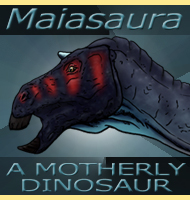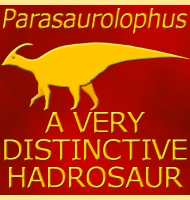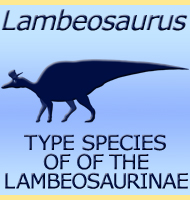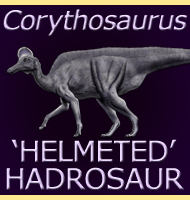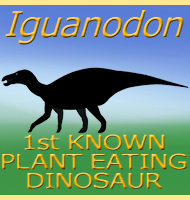


Secernosaurus
Name:
Secernosaurus
(Severed lizard).
Phonetic: Seh-ser-noe-sore-us.
Named By: Michael K. Brett-Surman - 1979.
Classification: Chordata, Reptilia, Dinosauria,
Ornithischia, Ornithopoda, Iguanodontia, Hadrosauroidea,
Hadrosauridae, Saurolophinae.
Species: S. koerneri (type).
Diet: Herbivore.
Size: Uncertain due to to holotype not being fully
grown.
Known locations: Argentina.
Time period: Late Campanian to Early Maastrichtian
of the Cretaceous.
Fossil representation: Few individuals, but
usually incomplete.
At
around three meters long, Secernosaurus was very
small for a
hadrosaur,
though its claim to fame is not size, but the fact that
it was the first hadrosaur known to come from South America. In
addition Secernosaurus seems to represent a
saurolophine hadrosaurid
similar to Kritosaurus,
and saurolophines are best documented in
North American and Asian fossil deposits. This caused some confusion
to palaeontologists because South America was (and still is by some)
believed to have been completely isolated during the late Cretaceous
period.
An
idea to explain the presence of hadrosaurids in South America during
the end of the Cretaceous is that there might possibly have been a
brief connection, or possibly some other event that allowed a brief
exchange of fauna between North and South America. This is of course
assuming that hadrosauroid dinosaurs did not cross in from Africa
earlier on in the Cretaceous in a manner that may also explain the
presence of spinosaurid
dinosaurs in both Africa and South America.
Unfortunately most of all we have at this time is theories based
around the occurrences of fossils that do not yet show a clear
transition or pattern of movement to explain the spread of hadrosaurids
in South America at the end of the Cretaceous. But, now that
palaeontologists know about something else that they should be looking
for, it might only be a matter of time before a clearer picture can
be established.
Further reading
- Phylogeny and palaeobiogeography of hadrosaurian dinosaurs, Michael
K. Brett-Surman - 1979.
----------------------------------------------------------------------------
Random favourites
 |
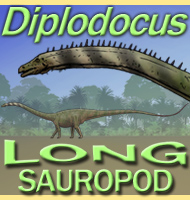 |
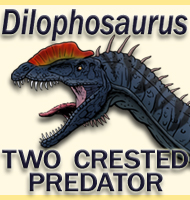 |
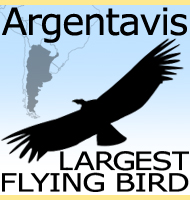 |
